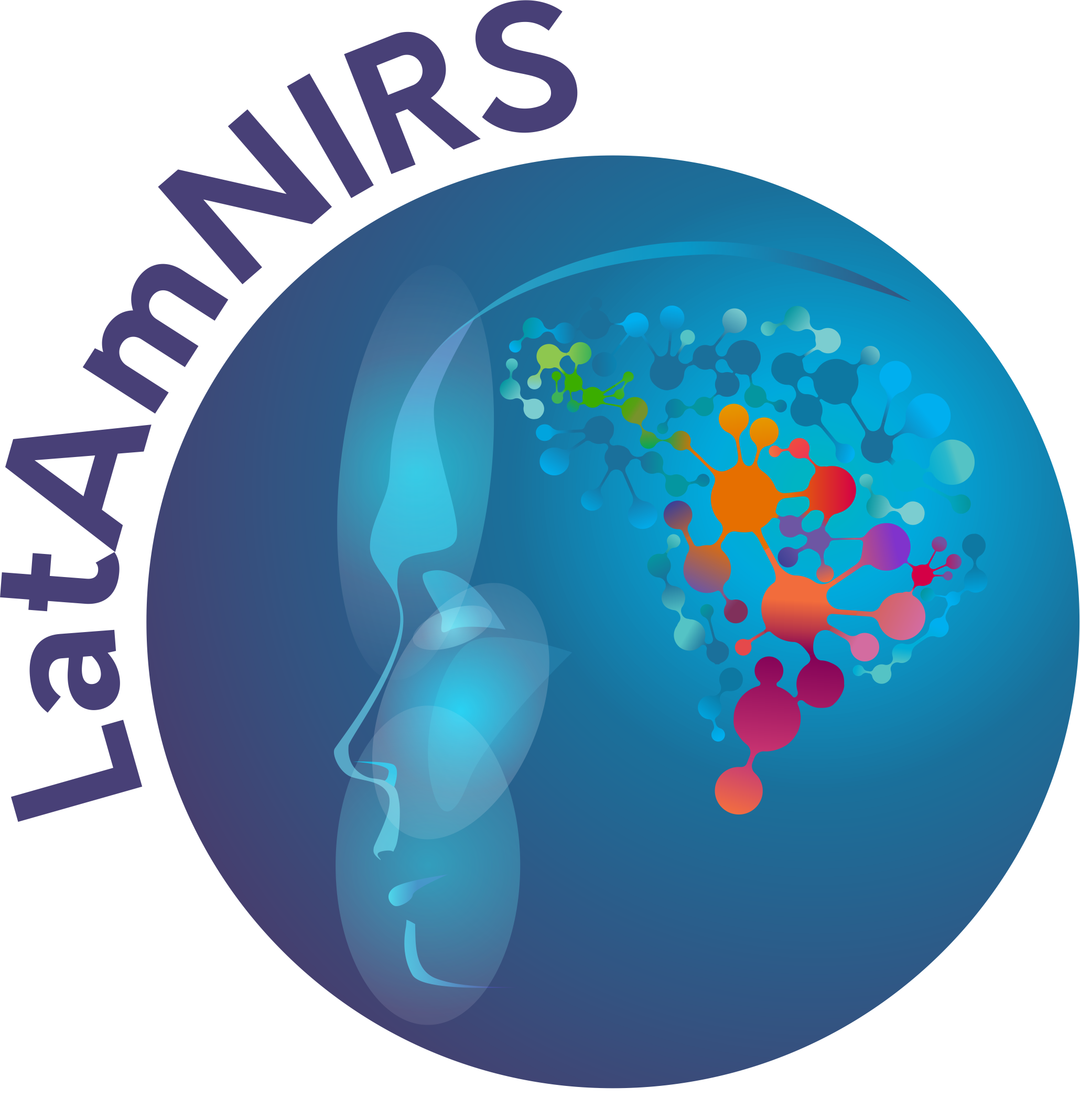Near infrared spectroscopy
Definition: Near-infrared spectroscopy (NIRS) is an analytical optical technique that uses near-infrared light (650 – 900 nm) to shine light to a sample and measures the portion of the light that travels through the sample. NIRS has been used in many fields such as agriculture, food, chemical industries, clinical chemistry, pharmaceutical, and medicine. Absorption and/or fluorescence NIRS is utilized in different techniques with different resolution and penetration depth, such as conventional microscopy, confocal/multi-photon microscopy, optical coherence tomography, photodynamic therapy, in vivo molecular imaging and medical diffuse optical imaging. The main applications in medicine are pulse oximetry, brain/muscle oximetry, functional NIRS and optical mammography.fNIRS typically uses the NIR range between 650–900 nm at which the light can travel a couple of centimeters deep in tissue. This is due to the fact that the absorption of light by the main chromophores in tissue (i.e hemoglobin, water, lipids, collagen, melanin and proteins) is relatively small in this “optical window”. fNIRS devices typically contain a set of light sources that emit NIR light in the optical window at two or more wavelengths and a set of detectors to collect light back from the sample. The detected light is then used to estimate the absolute values or relative changes in chromophore concentrations using the modified Beer-Lambert Law, generally in a context where these changes reflect functional brain activity
Frans Jöbsis is considered the founder of in vivo medical NIRS that enables real-time non-invasive detection of regional hemoglobin oxygenation.
Alternative definition:
Synonym:
References: DOI: https://doi.org/10.1126/science.929199
https://doi.org/10.1016/s0166-2236(97)01132-6
https://doi.org/10.1255/jnirs.973
https://doi.org/10.1117/1.JBO.20.3.030901
https://doi.org/10.1016/j.neuroimage.2013.05.004
Related terms: functional Near Infrared Spectroscopy
